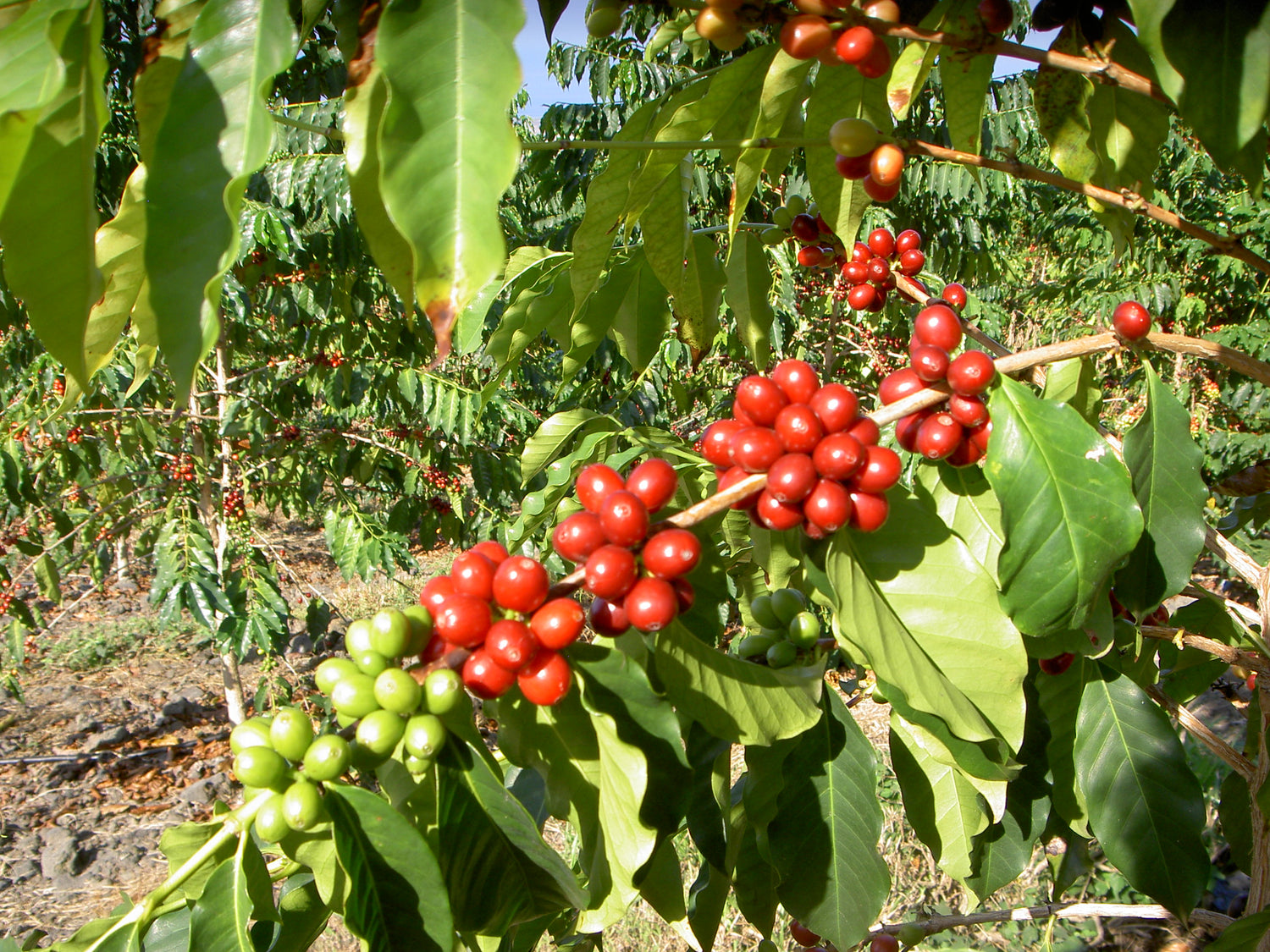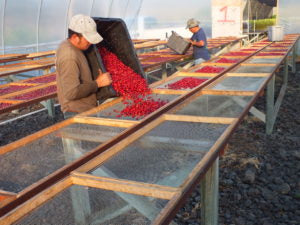Chasing the Coffee Unicorn: The Drive for Innovation

Introduction
Specialty coffee built its reputation through meticulous harvesting, processing, and roasting. However, the specialty coffee world has evolved. Coffee companies are under increasing pressure to innovate to stay relevant. From bean to cup, every aspect of the specialty coffee experience is being reimagined and refined. Coffee farmers who want to stay competitive feel pressured by buyers to experiment with new coffee varieties and novel processing methods. Specialty coffee buyers are obsessed with cult coffees. A recent historical example is Geisha coffee. After Hacienda Esmeralda won the Panama Competition in 2004 with beans accessed from a small valley on their farm, the specialty coffee world exploded with Geisha coffees. Most of them were not even a close second to Hacienda’s Esmeralda 2004 offering, but if the label said Geisha, the beans sold out at astronomical prices.
The Risks of Chasing Innovation
Seeking an El Dorado coffee is expensive. A risk arises when farmers replace producing orchards with new coffee tree varieties. Since it takes about four years for coffee trees to become productive, the farmer loses four years of revenue from the old orchard while hoping to recover when the new trees start bearing fruit. In addition, innovation requires the farmer to run test batches and experiments. Every pound of coffee used in a test batch is one pound less to sell. At some point, if the farmer wants to survive economically, she needs to get out of the lab and back into the orchard. Even discovering an El Dorado coffee can be dangerous. A result can be market cannibalization—a phenomenon that happens when there is a decreased demand for a farmer’s original product in favor of the new product. When cannibalization occurs, the business’ total sales volume decreases, while its expenses from creating the new product go up.
Recent Coffee Experimentation
Dr. Frankenstein would be shocked at the number of experiments occurring on coffee farms all over the world. Some of them are: Imitating Wine Fermentation Wine fermentation techniques have become increasingly popular on specialty farms. One technique is adding commercial wine yeast to the fermentation tank. Commercial yeast sellers, in addition to wine yeasts, are offering yeasts formulated specifically for coffee beans. Some of the wine derived techniques, in the last few years, have been carbonic maceration, anaerobic fermentation, thermal shock fermentation, and cold fermentation. The results are mixed. In some cases, the beans have enhanced flavors, acidity, and mouthfeel. In others, it is a waste of good coffee. Novel Experiments There are no limits on coffee processing experiments. In a try anything environment, farmers are fermenting their beans in among things others sea water, Coca Cola, lactic acid, malic acid, citric acid, tartaric acid, phosphoric acid, koji mold, and commercial bacteria. One issue with some of these experiments is that some farmers use their lowest grade beans and then exclaim “Eureka” when they taste better. However, when they try the same techniques on the highest quality beans, they do not see any improvement. Co-Fermenting Some farmers have begun to add fresh fruit and spices to their fermentation tanks, including mangoes, strawberries, passion fruit, durian, cinnamon, nutmeg, hops, ginger, and watermelon. The idea is that both the fruit and the sugars on the coffee beans will ferment together infusing the beans with new flavors. Unless the farmer has access to a cheap source for fruit or spice, co-fermentation can be expensive. The typical addition is 20% of the weight of the coffee beans. For a five-hundred-pound tank of beans that means adding 100 pounds of fruit or spice. Some of the fruit infused coffees are more flavorful and exciting. Others range from novelties to undrinkable.
Conclusion
For the traditionalist, using additives in the fermentation process is a threat to coffee purity, even though many coffee drinkers add substances like dairy, sugar, and flavorings to their beverages.
The specialty coffee industry is in a constant state of flux, driven by a relentless pursuit of the next “Big Thing.” While this drive for innovation can lead to spectacular successes, it is filled with risks that can jeopardize the livelihoods of coffee farmers and the stability of the market. Balancing innovation with stability is still a critical challenge for farmers. .

